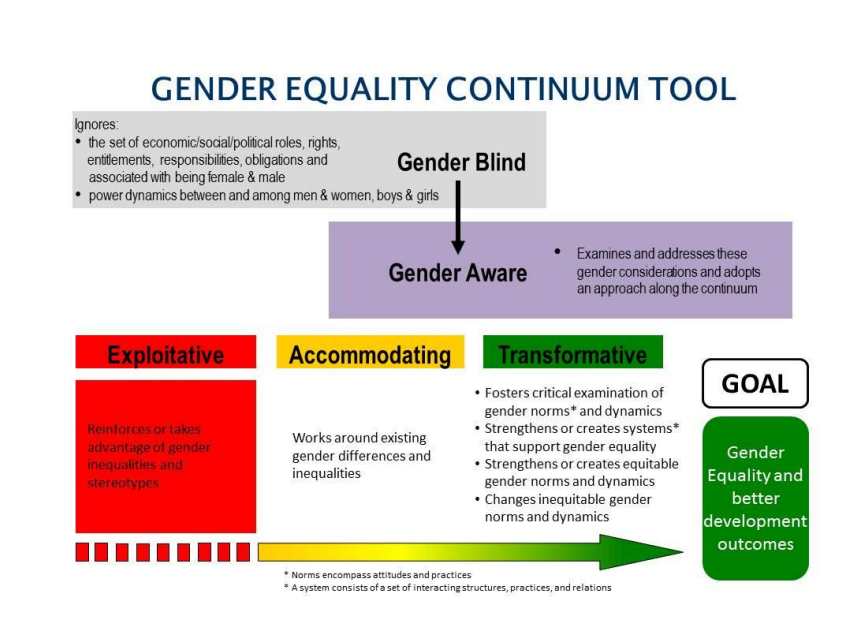
Gender inequality is an important driver of violence and other negative health and social outcomes. A commonly used framework for thinking about gender in programming, first developed in the context of HIV prevention, is the gender integration continuum (access here). It helps categorise approaches by how they deal with gender norms and inequalities in their design, implementation, and evaluation. The continuum ranges from approaches that are harmful or exploitative, intentionally or unintentionally reinforcing unequal norms and dynamics (for example, campaigns that suggest that ‘real men’ only hit other men, not women), to those that are accommodating, working around gender inequalities (for example, home visitation programmes for contraceptive counselling in contexts where women cannot go to clinics unaccompanied).
By contrast, gender transformative programmes specifically aim to challenge or transform unequal gender and power relations, promoting equality in addition to their specific programme outcomes. Gender transformative programmes typically include participatory processes that foster critical and personal reflection about gender roles, norms, and inequalities; promote positive, more equitable behaviours and norms; and where possible, aim to transform the underlying norms, structures, and policies that sustain inequality. Evidence suggests addressing gender inequalities is an important characteristic of effective violence prevention programmes; indeed, many effective violence prevention programmes are gender-transformative.
On this page, we highlight resources to better understand gender transformative programming and assess your own programme’s approach to gender.
Gender-transformative approaches aim to move beyond individual self-improvement among women and toward transforming the power dynamics and structures that serve to reinforce gendered inequalities.”

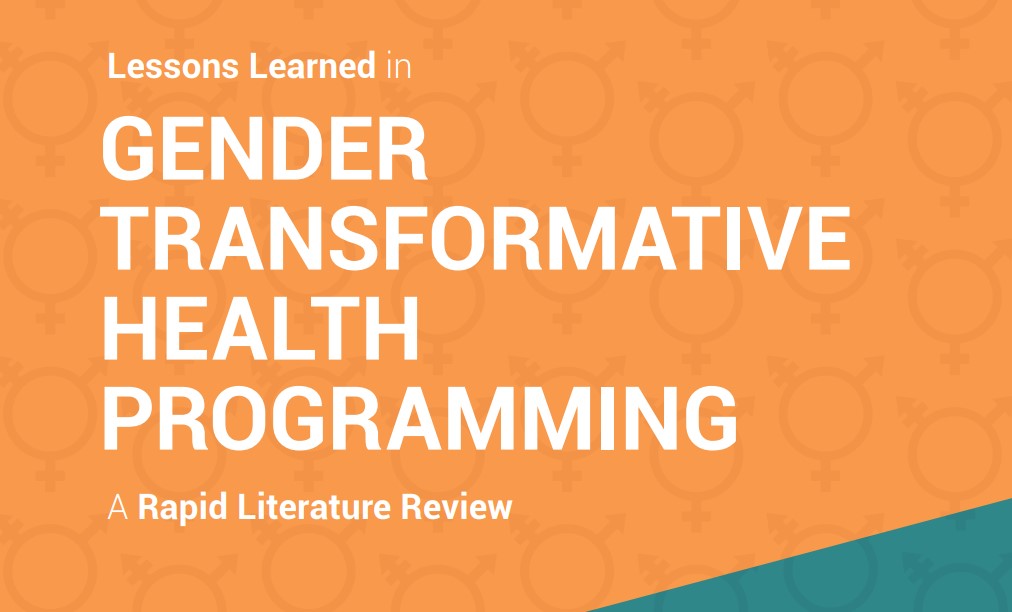
Lessons Learned in Gender Transformative Health Programming
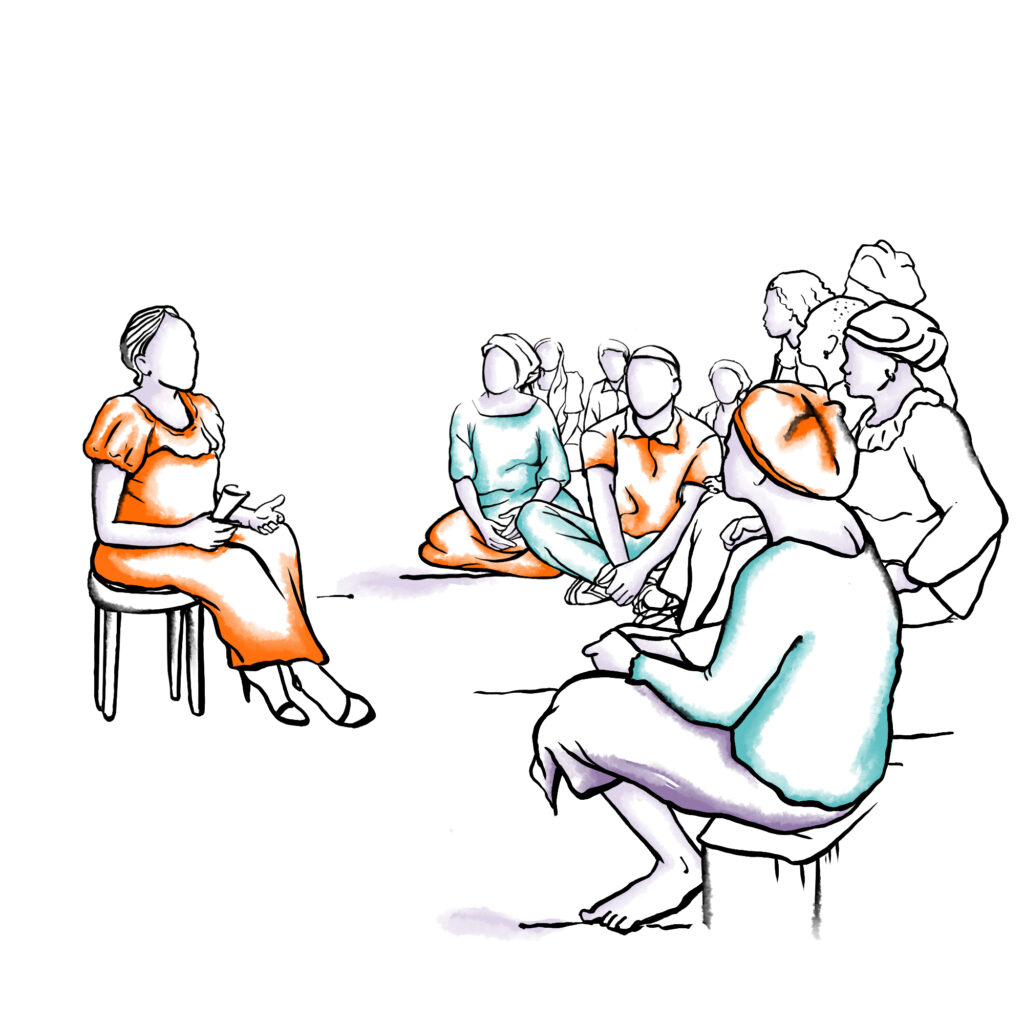
Facilitating Gender Transformation
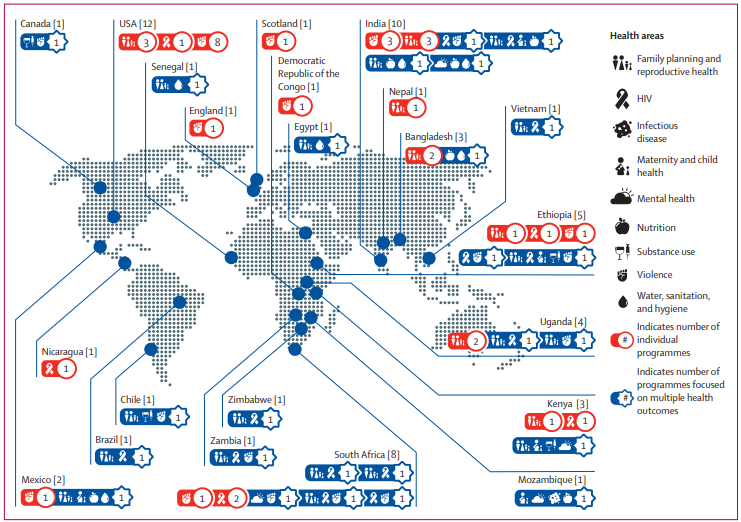
Characteristics of Successful Programmes Targeting Gender Inequality
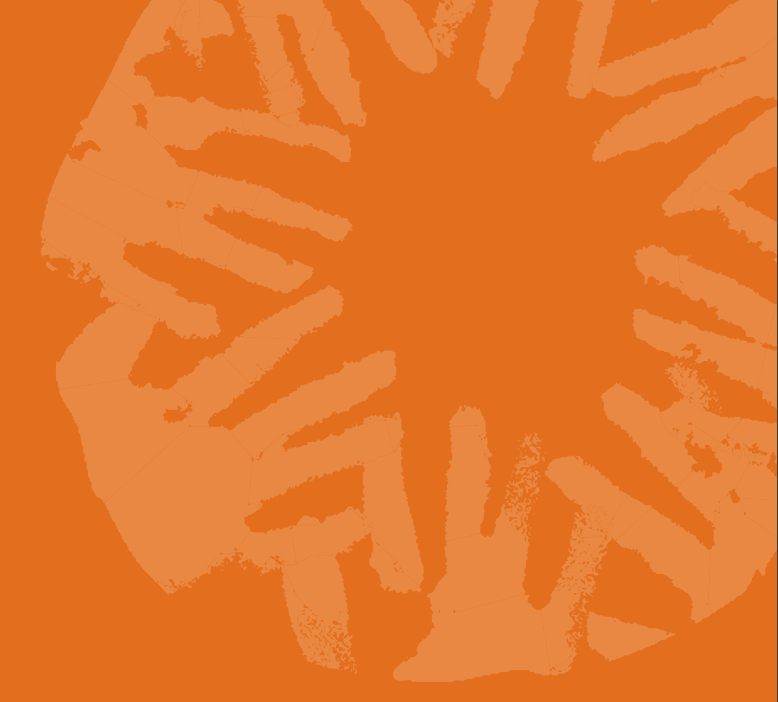
Gender Marker Guidance
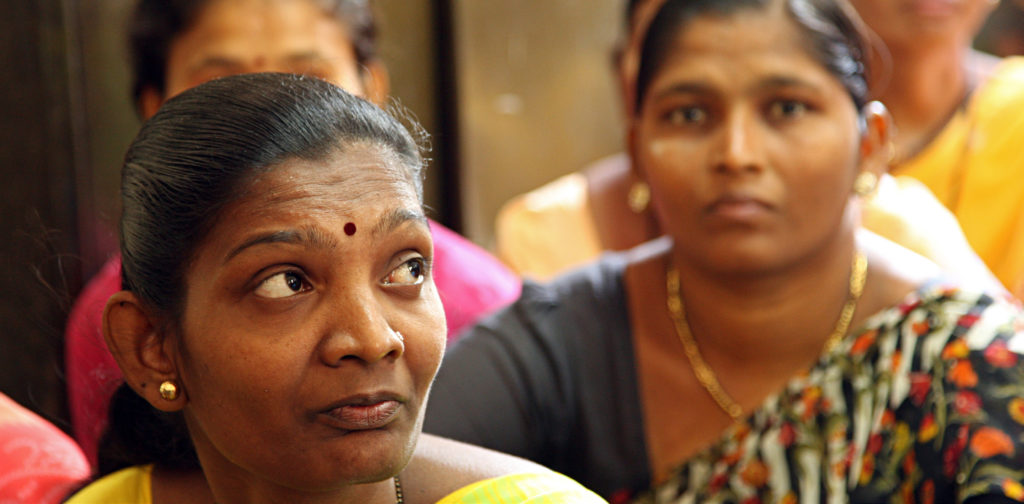
Training and Mentoring Community Facilitators to Lead Critical Reflection Groups
